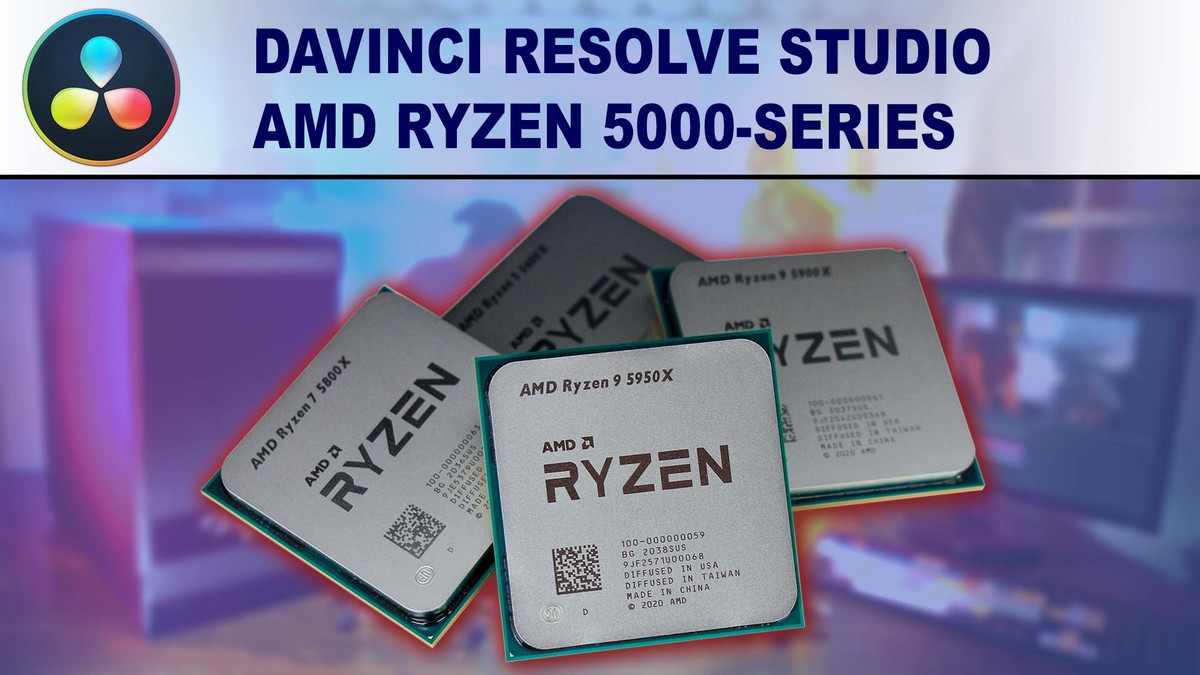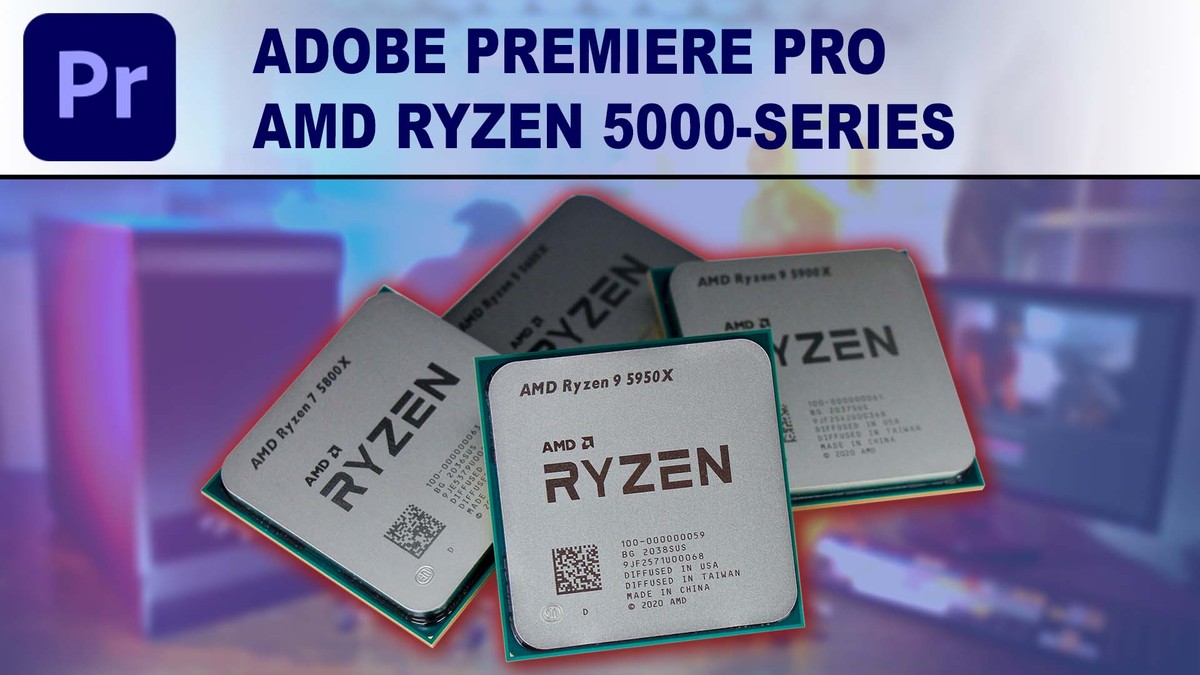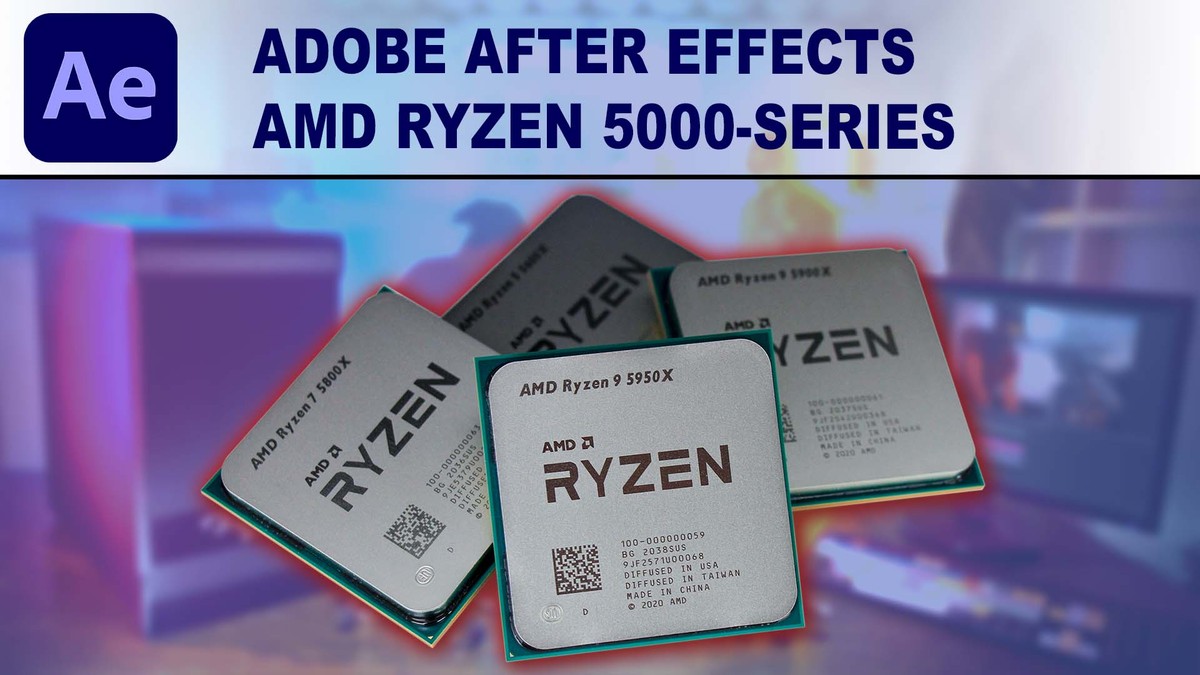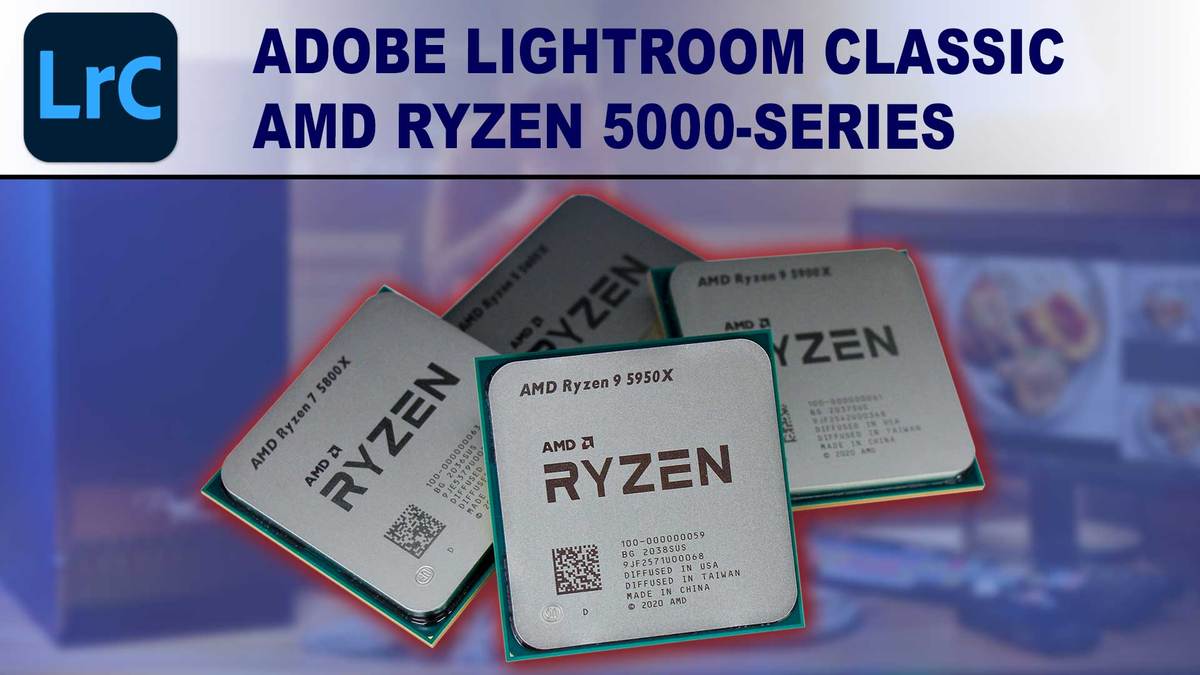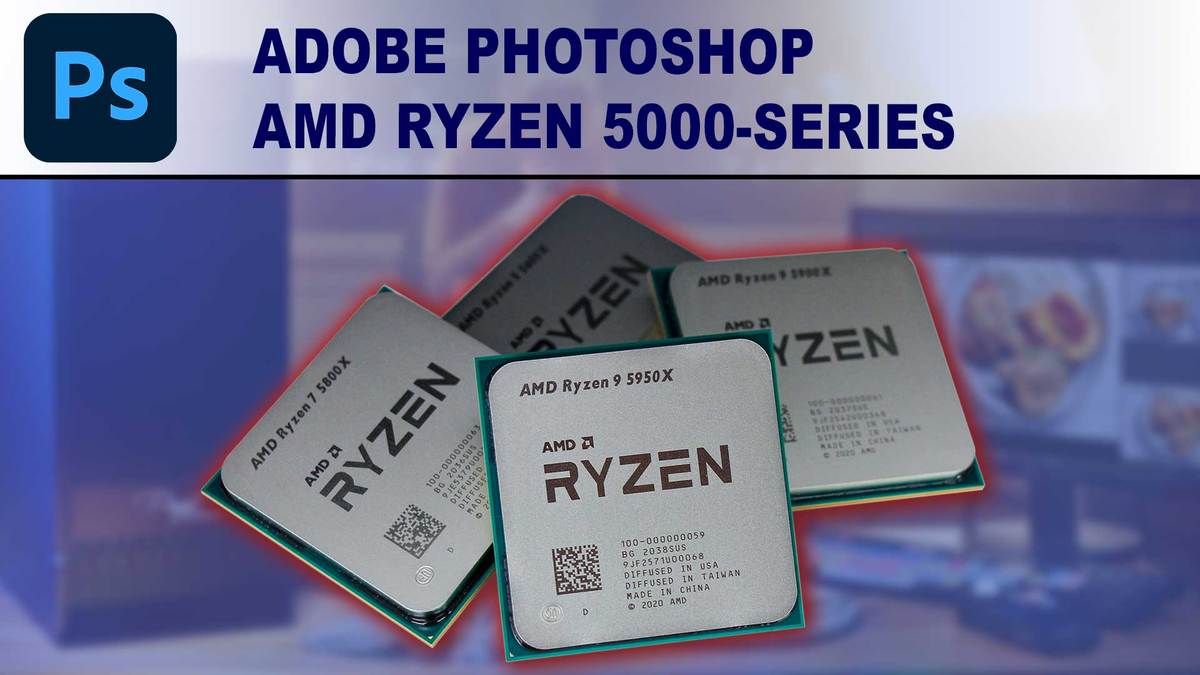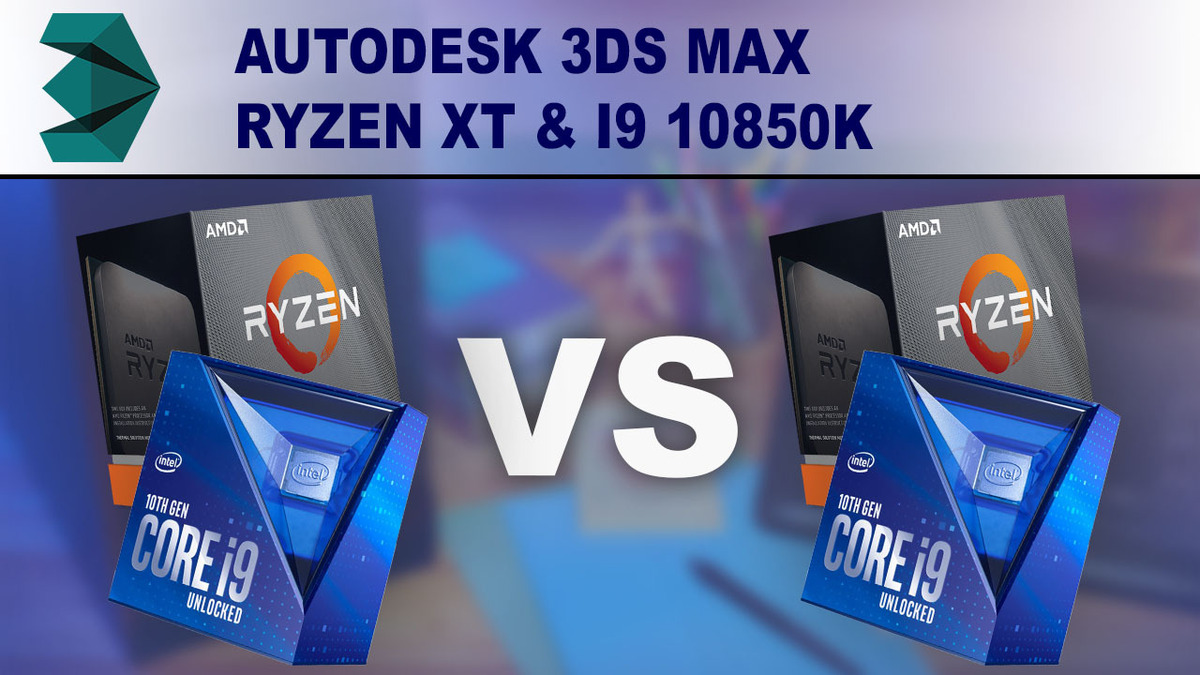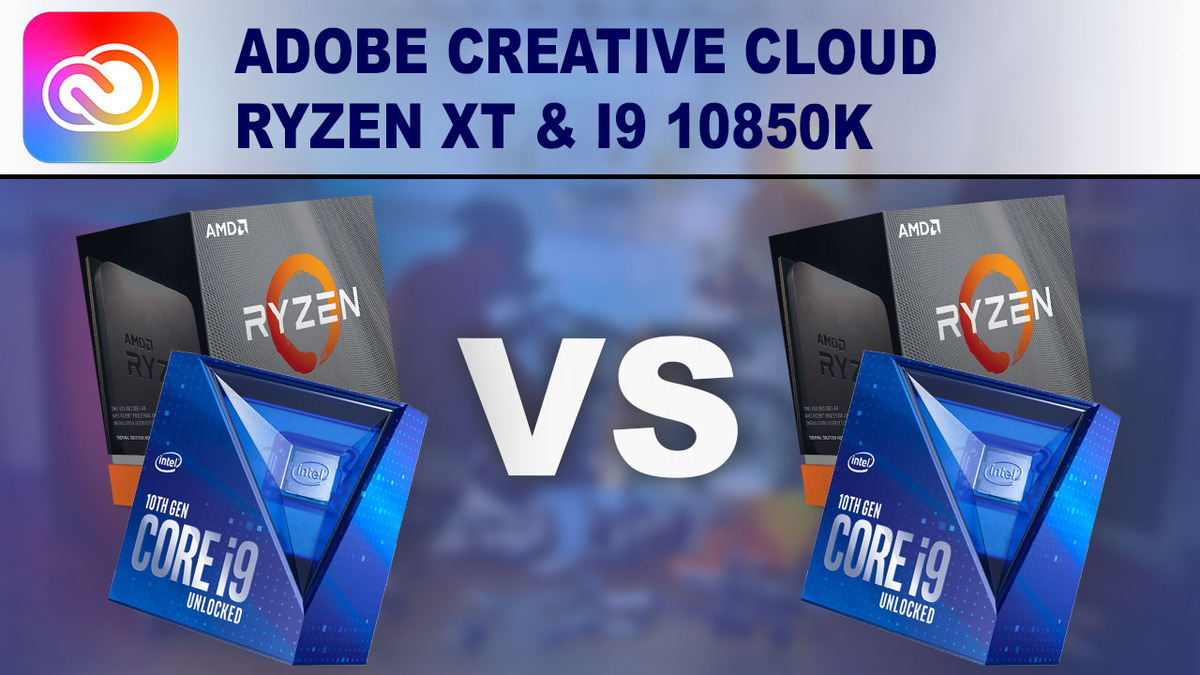Ever since the launch of their 3rd generation Ryzen and Threadripper processors, AMD processors have been a strong choice for DaVinci Resolve Studio. Not only is Resolve able to utilize a decent number of CPU cores, but because of how heavily it leverages the GPU, having a platform with PCI-E 4.0 can make a measurable impact on performance. However, AMD’s Ryzen 5000 Series processors are here, touting major increases in performance in per-core performance which should allow AMD to take a solid lead over Intel in DaVinci Resolve.
